

Food Security, as defined by the 1996 World Food Summit is:
“Food security exists when all people, at all times, have physical and economic access to sufficient, safe and nutritious food to meet their dietary needs and food preferences for an active and healthy life” (Food Security Bureau, 2003).
For this project, I centered my focus on continued access to fresh and healthful food. BC Statistics (2000) states that agricultural imports from the US into BC are growing, but is unsure just how dependent BC is on foreign sources of food. This dependency makes the GVRD vulnerable to a food shortage if our access to outside sources changes. As such, I have designed an analysis of the GVRD in terms of our ability (or inability) to provide enough food to feed our population and to what degree we can improve self-reliance by adopting an urban agriculture strategy. This project is divided into two stages:
Define the status quo of food production in the GVRD
Comparison of new land use areas converted into full or partial food production zones at three levels of urban agriculture intensity:
Urban agriculture encompasses all food production that occurs in an urban setting, including community gardens (fig.2), rooftop gardens, container and/or balcony gardens (fig.3), and backyard gardens (fig. 4). In addition to providing a source of food, these gardens also ‘green’ city spaces, improve urban air quality, and promote healthy living (City Farmer, 2002; Fairholm, 1998; Hill, 2004). Importantly, it improves access to food, not just for the region as a whole, but for the individual farmers and gardeners who participate. Though beyond the scope of this project, this is an important social justice benefit of urban agriculture (City Farmer, 2002; Fairholm, 1998).
Fig. 2: Community Garden in Burnaby (City Farmer, 2006).
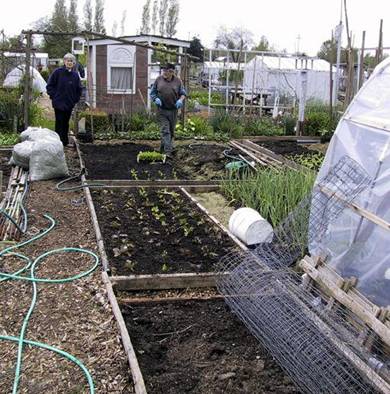
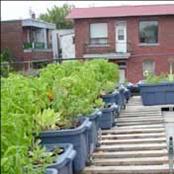 Fig. 3: Rooftop garden in Montreal (Hill, 2004).
Fig. 3: Rooftop garden in Montreal (Hill, 2004).
Fig. 4: Container Garden on a rooftop in Montreal (Hill, 2004).
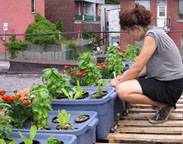
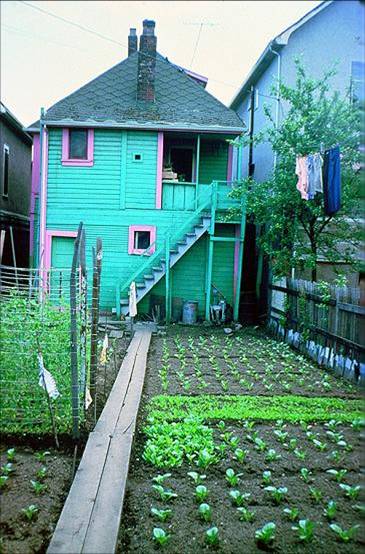 Fig. 5 Backyard garden in Vancouver (City Farmer, 2006)
Fig. 5 Backyard garden in Vancouver (City Farmer, 2006)
In the context of this project, the key feature of urban agriculture is that it can occur almost anywhere (City Farmer, 2002; Fairholm, 1998; Hill, 2004). Backyards, balconies, rooftops, traffic circles, porches, crates and containers of all sorts, or even a discarded bathtub (like in my neighbourhood, see fig.6) are all suitable sites for food production. As such, nearly all land use types and zones can accommodate some degree of agricultural activity. From a GIS perspective, this creates a tricky problem of figuring out which areas are suitable and which are not. I opted to deal with this by conceptualizing the GVRD as a friction surface, with friction measured in terms of the potential for marginal lands within a given land use area to be available for this use. Using this tactic, I was able to assess our present level of food security and opportunities for improvement.
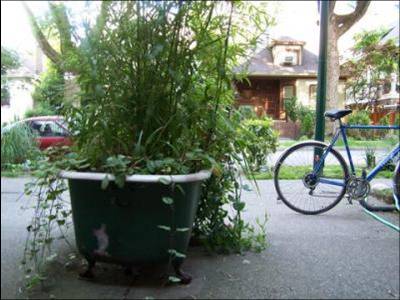 Fig. 6: Bathtub garden in Vancouver, (Rooftop Garden Project, 2006).
Fig. 6: Bathtub garden in Vancouver, (Rooftop Garden Project, 2006).
<BACK |
^TOP |
NEXT> |